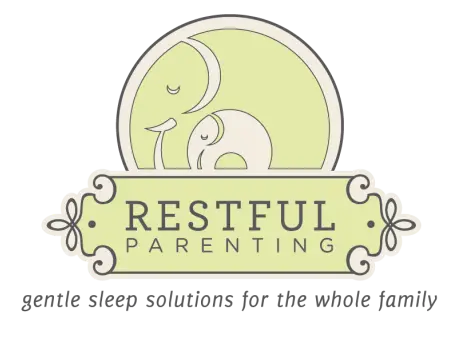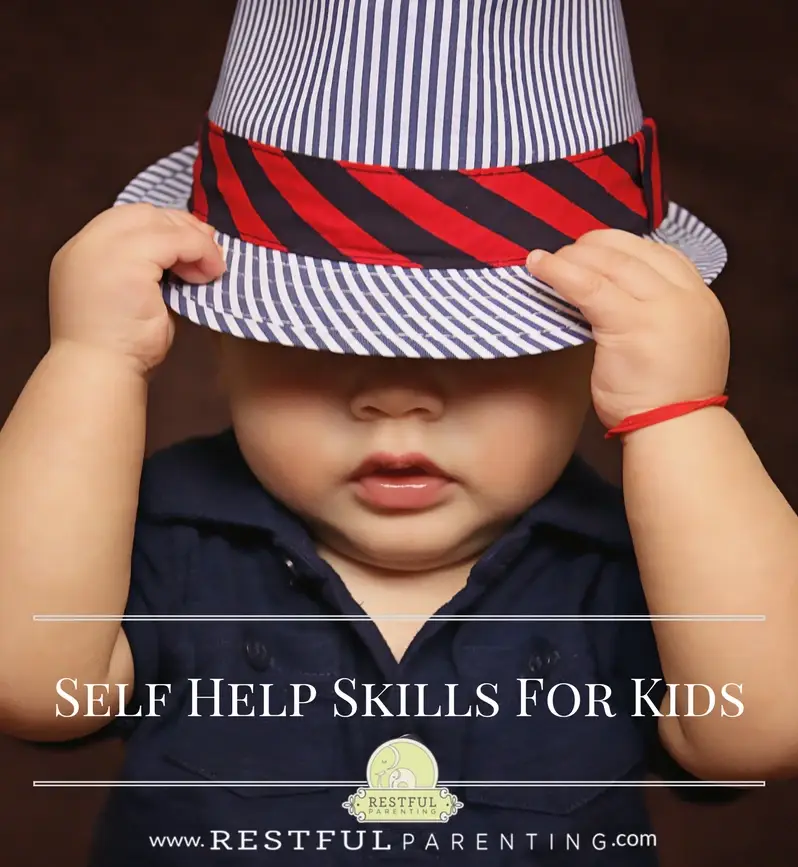The excitement of preparing your child for preschool or junior kindergarten usually involves teaching them their colours, counting, learning their ABC’s and perhaps printing their names. Skills that are certainly important, however, some of the most important skills you can teach them are self-help skills: dressing themselves, independence in the bathroom, self-feeding and self-care. These are the skills that will allow them to become a little more independent, which is always a great help when starting school.
As previous child care providers, educational assistants in the school system and moms ourselves, we have tons of tips to help you teach your child the how to’s.

Restful Parenting
Using our experience in child development and our ability to use various methods and techniques, we create a plan that is based on your goals and parenting style. A plan that you will be comfortable with! We know that if you are not comfortable with what you are implementing, you will not be able to follow it consistently.


